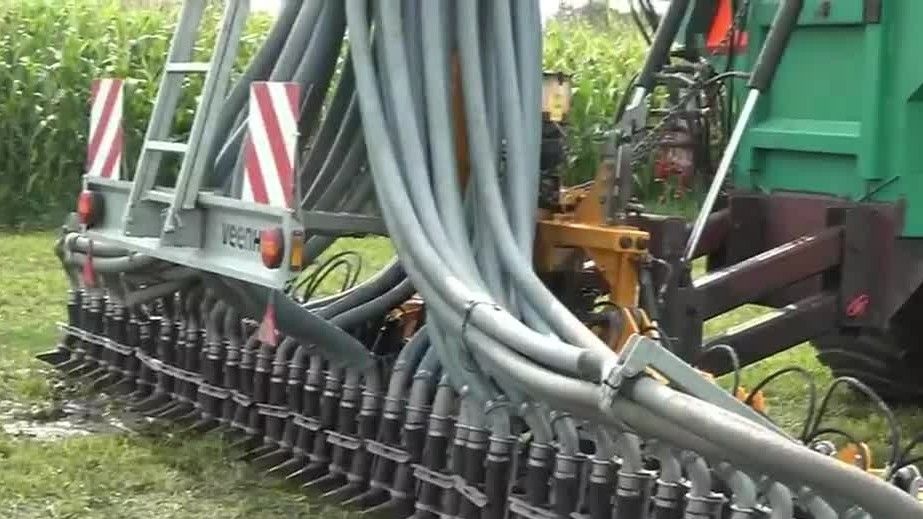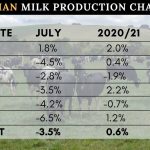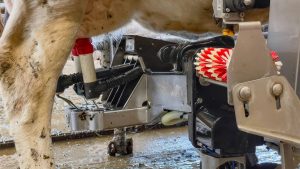
According to the UVM Extension, farmers can lose about 50% of the nutrient nitrogen during spreading, while direct manure injection keeps about 95% of the nitrogen in the soil.
“Your yields will be better, your manure inputs are less and your potential for the environment to be cleaner is much greater,” said Allan Brisson, the owner of Allandra Farm.
Brisson started injecting manure in his hay fields about three years ago and now he’s up to about 95% of them.
“There is quite an investment in the equipment, but we had it to inject on our corn ground,” said Brisson. “I think in the long run, it doesn’t cost, it pays.”
To buy the equipment, a farmer would spend tens of thousands of dollars. But you can offer up your farm for demonstrations by the UVM Extension or pay for someone to use their tool on your farm.
“We’re always looking to incorporate manure or fertilizer as quickly as possible,” said Kirsten Workman with UVM Extension.
She says beyond the benefits of keeping nutrients in the soil, there are also increased environmental benefits.
“That is why we spend a lot of time and energy, really, with nutrient management and planning getting that manure where it needs to be and reducing losses as much as possible,” said Workman.
There are a few different types of equipment, but a modern style has a relatively simple concept. It works by using a rotating blade that lightly breaking open the earth, then feeding manure a few inches below the surface, before lightly closing behind the injection.
“We are getting down into the soil so then it’s there, gets in contact with the soil matrix, then in contact with the roots and is much more available,” Workman said.
She says keeping nutrients in the soil has two main benefits.
“First is we are paying for that. Whether it is fertilizer or manure, we want to capture as much of that nutrient that is going on that field as possible. All farmers of all types are trying to figure out how to do that. Whether you are growing vegetables or you’re growing corn or you’re growing hay, if you are going through the time energy and money to put nutrients on that crop, you want to capture as much of that benefit as possible,” Workman said.
The other benefit is if you are keeping those nutrients in the field and on the crop, you are also aiding in protecting the environment and there is less chance those nutrients will work their way into waterways and ultimately places like Lake Champlain.
Brisson says he can inject more while sticking to his nutrient management plan. And as a lakefront property owner, it’s also good for his relationship with the lake.
“In the area of manure management on dairy farms, I think a lot of progress can still be made with manure injection,” said Brisson.The UVM Extension is also in the process of completing a two-year study with a rainfall simulator to really quantify nutrient loss reduction for manure spreading versus direct injection. They know it can be pricey, so they are also working on ways to continue to make it more accessible to farms.
























